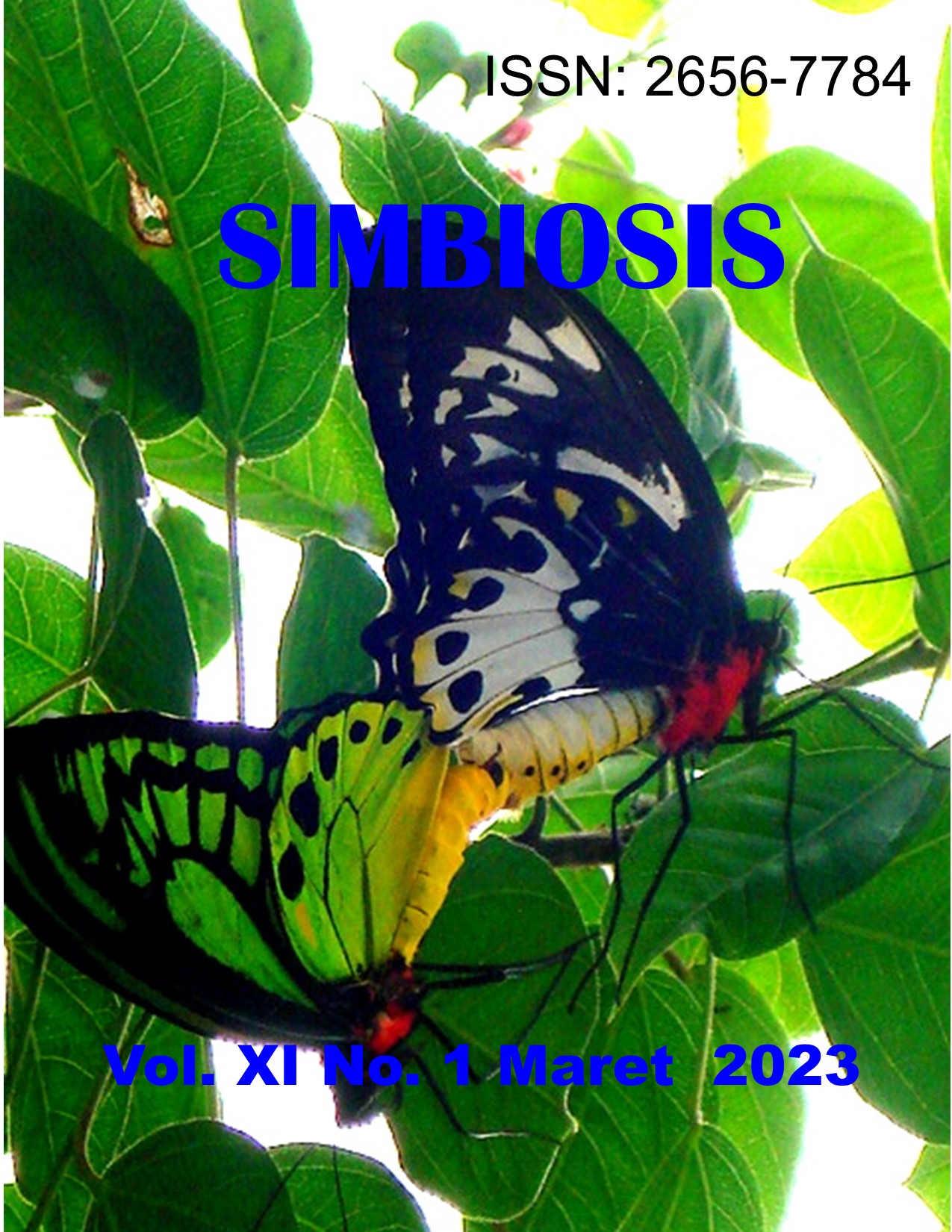DAYA HAMBAT EKSTRAK DAUN CENGKEH (Syzygium aromaticum L.) TERHADAP PERTUMBUHAN JAMUR Rhizoctonia solani Kuhn. PENYEBAB PENYAKIT HAWAR PELEPAH PADA TANAMAN PADI (Oryza sativa L.)
Abstract
Rhizoctonia solani Kuhn. is a fungal pathogen that causes sheath blight in rice plants. Sheath blight disease can reduce rice production for the people of Indonesia. To prevent blight, fungicides are used. The continuous use of synthetic fungicides with inappropriate doses can have a negative impact, so it is necessary to look for alternatives with vegetable fungicides, one of which is clove leaf (Syzygium aromaticum L.). The aim of this study was to determine the ability of clove leaf extract to inhibit the fungus R. Solani and the class of compounds contained in the extract. Data were collected and collected using the MIC (Minimum Inhibitory Concentration) test using the well-diffusion method, the inhibition percentage of clove leaf extract using the colony method, and the content of compounds using the phytochemical test. The minimum concentration (MIC) of clove leaf extract capable of inhibiting the fungus R. solani is 0.5%. The percentage of inhibitory activity can be reduced by 100% at an extract concentration of 1.5%. Clove leaf extract contains groups of alkaloids, tannins, flavonoids, saponins, phenols, steroids and terpenoids.
Downloads

This work is licensed under a Creative Commons Attribution 4.0 International License.










